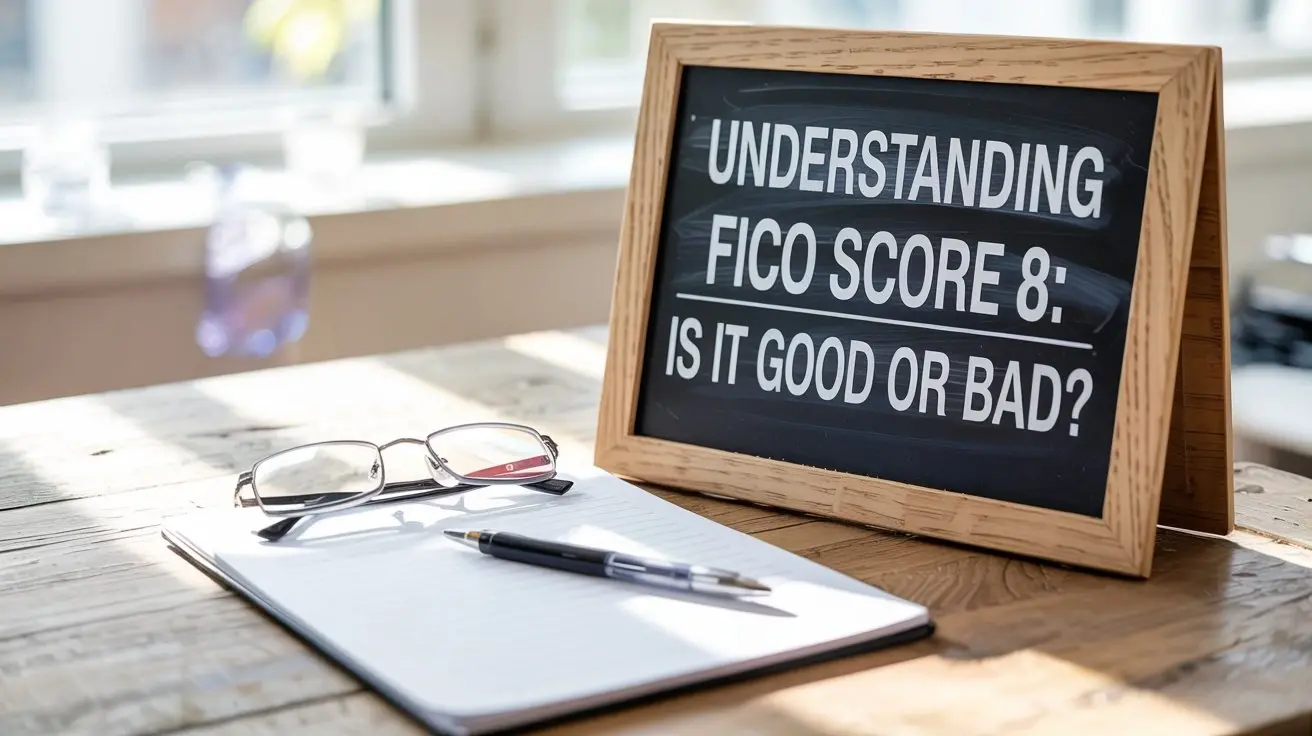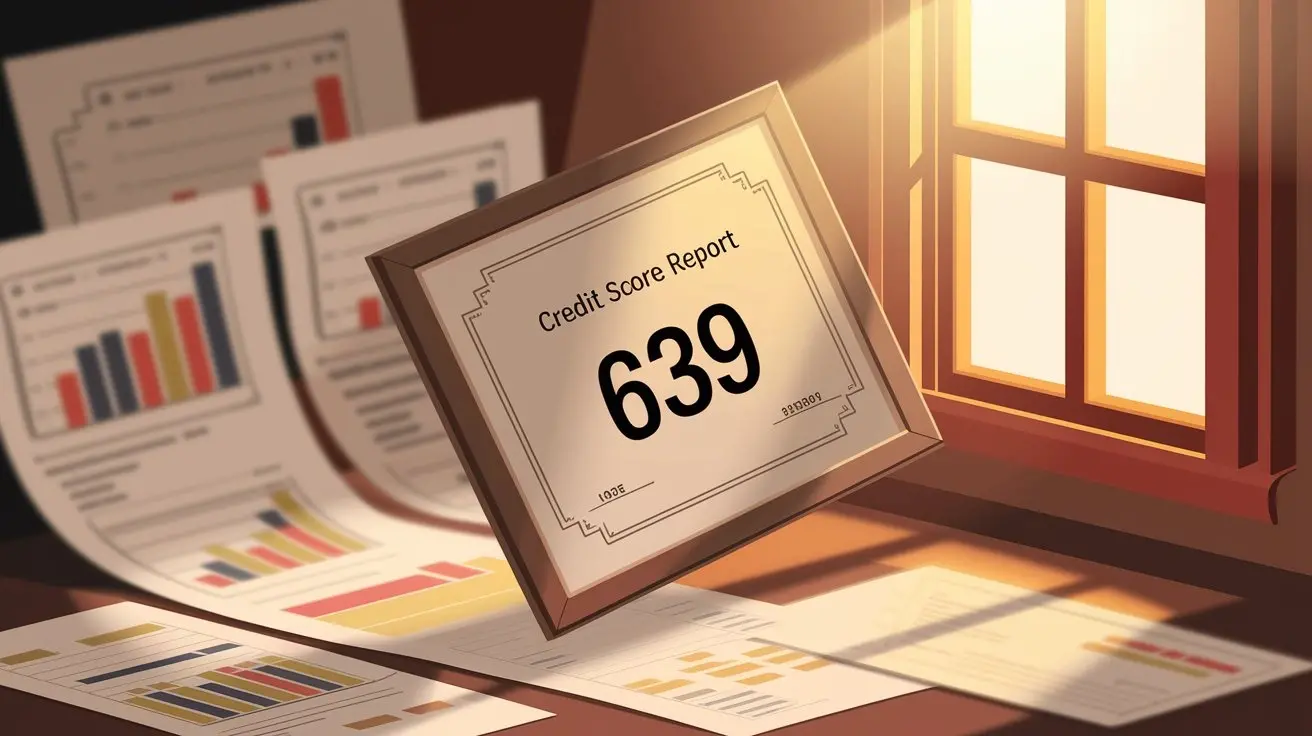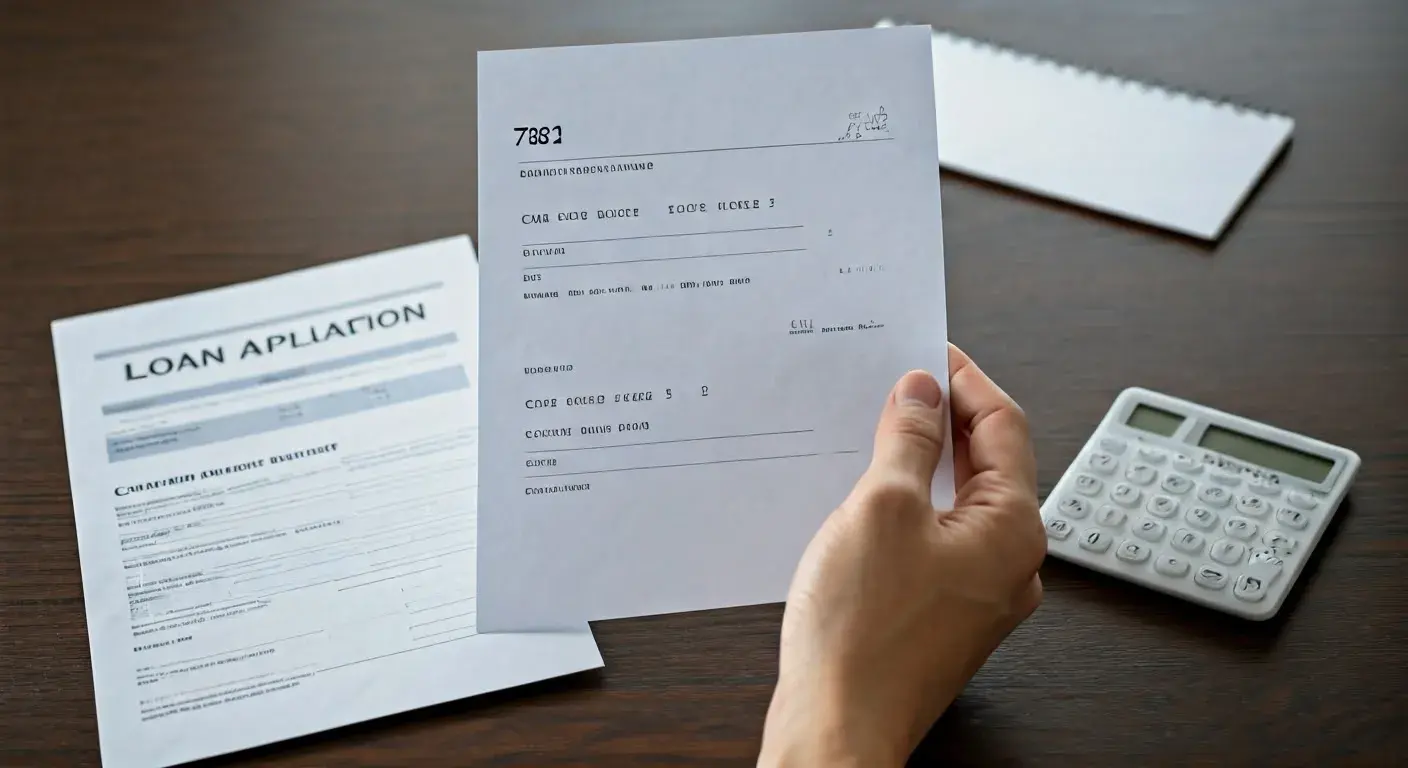-
Posted on: 16 Jul 2024

-
Navigating the world of credit can be daunting. Credit reports play a significant role in many aspects of our lives, from securing a loan to renting an apartment. Errors or inaccuracies on these reports can significantly impact your financial well-being. That's where understanding the Fair Credit Reporting Act (FCRA), particularly Section 609, comes into play. This article delves into the intricacies of the "609 credit law," explaining what it is, how it works, and how you can utilize it to your advantage in correcting inaccurate information on your credit reports.
What is the Fair Credit Reporting Act (FCRA)?
Before diving into Section 609 specifically, it's crucial to understand the broader context of the FCRA. The Fair Credit Reporting Act is a federal law designed to protect consumers by ensuring the accuracy, fairness, and privacy of information collected by credit reporting agencies. This act grants consumers several rights, including:
- The right to access your credit report from each of the three major credit bureaus (Experian, Equifax, and TransUnion) for free once a year through AnnualCreditReport.com.
- The right to dispute inaccurate or incomplete information on your credit report.
- The right to request that credit bureaus investigate and correct any errors you identify.
- The right to have negative information removed from your credit report after a certain period (typically 7 years, 10 years for bankruptcies).
- The right to sue a credit reporting agency that violates the FCRA.
The FCRA holds credit bureaus accountable for maintaining accurate and fair credit reports. Understanding your rights under the FCRA is the first step towards managing and improving your credit health.
Decoding Section 609: The Heart of the "609 Credit Law"
Section 609 of the FCRA is the specific provision that empowers consumers to request verification of information on their credit reports. It states that consumers have the right to request the sources and methods used by credit bureaus to verify the accuracy of the information they report. This is often referred to as the "609 credit law" or the "609 letter" method.
Essentially, Section 609 allows you to challenge the accuracy and completeness of the information held by the credit bureaus. You're asking them to prove that the negative items listed on your report are indeed valid and substantiated.
How Does Section 609 Work in Practice?
The process of utilizing Section 609 typically involves the following steps:
- Obtain Your Credit Reports: Get a copy of your credit reports from each of the three major credit bureaus: Experian, Equifax, and TransUnion. You can do this for free annually through AnnualCreditReport.com. Review each report carefully.
- Identify Inaccurate or Incomplete Information: Carefully examine your credit reports and identify any inaccuracies, errors, or incomplete information. This could include incorrect account balances, late payments that didn't occur, accounts that don't belong to you, or outdated information.
- Draft a 609 Dispute Letter: Write a formal dispute letter to each credit bureau, referencing Section 609 of the FCRA. Clearly state the inaccurate or incomplete information you are disputing, and explain why you believe it is inaccurate. Be specific. Do not simply say "this is wrong." Explain *why* it's wrong.
- Request Verification: In your letter, request that the credit bureau verify the accuracy of the disputed information, providing the original source documents and methods used to validate the information. This is the core of the 609 process.
- Send the Dispute Letters: Mail your dispute letters to each credit bureau via certified mail with return receipt requested. This provides proof that the credit bureau received your letter.
- Credit Bureau Investigation: Once the credit bureau receives your dispute letter, they have 30 days (sometimes 45 days under specific circumstances) to investigate your claim. They will contact the creditor or data furnisher to verify the accuracy of the information.
- Results of the Investigation: After the investigation, the credit bureau must notify you of the results. If the information is found to be inaccurate or unverifiable, it must be corrected or deleted from your credit report. If the information is verified, it will remain on your report.
What to Include in Your 609 Dispute Letter
A well-crafted 609 dispute letter is essential for a successful dispute. Here's a breakdown of what to include:
- Your Full Name and Current Address: Make sure to include your full legal name and the address that is currently associated with your credit reports.
- Your Social Security Number: Include your Social Security Number for identification purposes.
- Date of Birth: Adding your date of birth further verifies your identity.
- Credit Report Account Numbers: Clearly identify the specific accounts or items you are disputing by including the account numbers as they appear on your credit report.
- Specific Description of the Error: Clearly and concisely describe the inaccurate or incomplete information. Be as specific as possible about the error, and explain why you believe it is incorrect. Avoid vague language.
- Request for Verification Under Section 609: Explicitly state that you are requesting verification of the disputed information under Section 609 of the Fair Credit Reporting Act.
- Enclose Supporting Documentation (If Applicable): If you have any documents that support your claim (e.g., payment confirmations, account statements showing correct balances), include copies of these documents with your letter. Do NOT send originals.
- Signature: Sign and date your letter.
Sample 609 Dispute Letter Template:
[Your Full Name] [Your Current Address] [Your City, State, Zip Code] [Your Social Security Number] [Your Date of Birth] [Date] [Credit Bureau Name] [Credit Bureau Address] [Credit Bureau City, State, Zip Code] Subject: Credit Report Dispute – Request for Verification Under Section 609 of the FCRA Dear [Credit Bureau Name], I am writing to dispute inaccurate and incomplete information on my credit report. My current credit report contains the following errors: * **Account Name:** [Account Name as it appears on your credit report] * **Account Number:** [Account Number as it appears on your credit report] * **Description of Error:** [Explain the error in detail. For example: "This account is not mine and I have never opened an account with this creditor." OR "The reported balance is incorrect. My current balance is $[Correct Balance] and not $[Incorrect Balance] as reported." OR "This late payment is inaccurate. I made the payment on time on [Date]."] I am requesting that you investigate this matter and verify the accuracy of this information as required under Section 609 of the Fair Credit Reporting Act. Please provide documentation demonstrating the validity of this item, including the original source documents and the methods used to verify its accuracy. I have enclosed copies of [mention any supporting documentation you are including, e.g., payment confirmations] to support my claim. I request that you correct or remove this inaccurate information from my credit report immediately. Thank you for your time and attention to this matter. I look forward to receiving your written response within 30 days. Sincerely, [Your Signature] [Your Typed Name]
Important Considerations and Limitations
While Section 609 provides a powerful tool for disputing inaccurate information, it's important to understand its limitations:
- It's Not a Magic Bullet: The 609 process isn't a loophole to erase legitimate debt. It's designed to address inaccuracies, not to eliminate valid debts that you owe.
- The Credit Bureau Must Investigate: The credit bureau is obligated to investigate your dispute, but they are not required to simply remove the information. They will contact the creditor to verify the information.
- The Creditor Can Re-report Verified Information: If the creditor verifies the information as accurate, it will remain on your credit report.
- Focus on Accuracy, Not Just Removal: The goal is to ensure the accuracy of your credit report. If the information is accurate, even if it's negative, it will likely remain on your report.
- Documentation is Key: Providing supporting documentation to support your claim can significantly increase the likelihood of a successful dispute.
- Don't Spam the Bureaus: Sending frivolous or repetitive disputes without providing new information can be counterproductive. The credit bureaus may flag your disputes as frivolous.
- It's a Process, Not a One-Time Fix: Credit repair is an ongoing process. Regularly review your credit reports and dispute any inaccuracies you find.
Alternatives to the 609 Dispute Method
While Section 609 is a common approach, there are alternative methods for addressing inaccurate or negative information on your credit report:
- Direct Dispute with the Creditor: You can dispute the inaccurate information directly with the creditor or data furnisher. This can sometimes be more effective than disputing with the credit bureau.
- Debt Validation: If you're unsure about the validity of a debt, you can request debt validation from the creditor. This requires the creditor to provide proof that they own the debt and that you are legally obligated to pay it. Debt validation is often used in conjunction with the 609 process.
- Goodwill Letters: If you have a good payment history overall but had a few isolated late payments, you can write a goodwill letter to the creditor asking them to remove the negative marks from your credit report. This is often more effective with smaller creditors or companies where you have a long-standing relationship.
- Professional Credit Repair Services: Consider using a reputable credit repair service that can assist you with the dispute process. Be cautious of companies that make unrealistic promises or charge excessive fees. Research their reputation and read reviews before signing up.
The Legality of the 609 Letter Method
It's important to note that the "609 credit law" is simply a common term referring to the rights provided under Section 609 of the FCRA. The process of requesting verification of information is perfectly legal and protected by federal law. However, using misleading or fraudulent tactics to attempt to remove accurate information from your credit report is illegal and unethical.
Building Good Credit Habits
While disputing inaccuracies is important, the best way to improve your credit is to build good credit habits over time. This includes:
- Paying your bills on time: Payment history is the most important factor in your credit score.
- Keeping your credit utilization low: Aim to use less than 30% of your available credit.
- Avoiding opening too many new accounts at once: Opening multiple accounts in a short period can lower your average credit age and potentially harm your credit score.
- Monitoring your credit reports regularly: Regularly checking your credit reports allows you to identify and address any errors or inaccuracies promptly.







